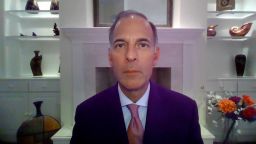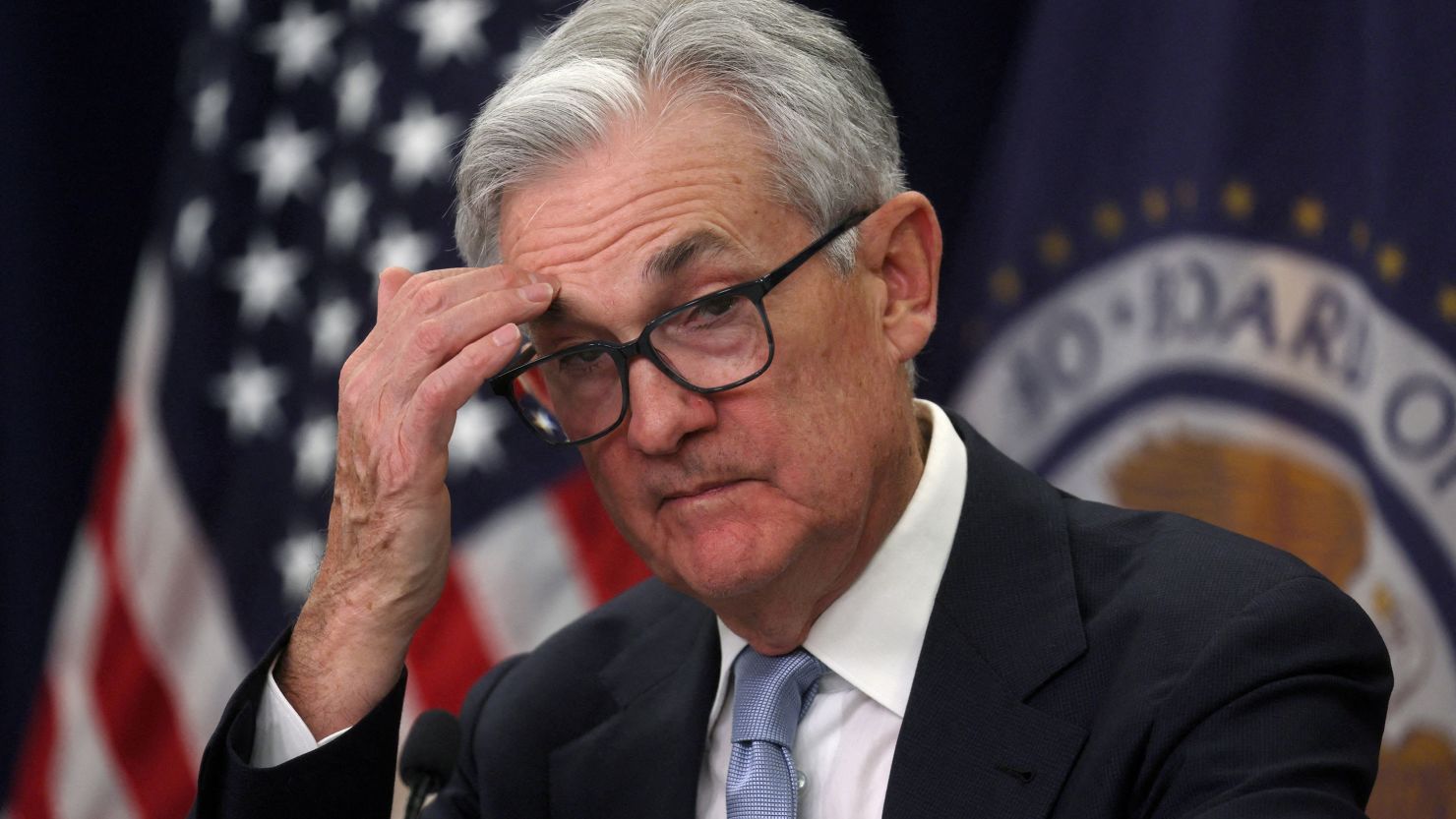Editor’s Note: Mark Zandi is chief economist of Moody’s Analytics. The opinions expressed in this commentary are his own. View more opinion on CNN.
The Federal Reserve is gearing up for another interest rate hike on Wednesday. That would be a mistake. After an astonishing year of rate increases, it’s time for the Fed to pause.

The Fed misjudged and waited too long to begin normalizing interest rates coming out of the pandemic. The result was runaway inflation. It’s unfair to be very critical given the extraordinary uncertainties that Covid-19 and Russia’s war in Ukraine created. However, if Fed officials misjudge again and keep pushing up rates and precipitate a recession, that will be on them.
The Fed rightly sees reining in inflation as its number one priority, but it is moderating. Consumer price inflation, which peaked at 9% on a year-over-year basis last June but has slowed to 5% this March, is expected to be just over 3% by the end of this year, according to Moody’s Analytics, and at the Fed’s 2% target by spring 2024. Yes, this is an uncertain forecast, but it is more certain than it has been since inflation took off.
Most certain is the throttling back of growth in the cost of housing, the largest part of most household budgets. Housing costs tie back to market rents, which have a long lag given the many leases that renew only annually. Rents surged when the economy reopened as more households started renting, pandemic-related supply chain and labor supply problems limited the supply of new rentals and vacancy rates fell. That translated into strong growth in housing costs.
However, in recent months, rents have begun to decline on average; rental supply has picked up as supply chains and labor supply normalize. A record number of multifamily units in the construction pipeline will be completed this year. There is also demand destruction: Even though rents have started declining, they are still too expensive for many potential households, and those households can’t form, with young people opting to continue living at home. Weaker rents will translate into much slower growth in housing costs in coming months.
Car and truck prices that have surged since the pandemic hit are also set to fall. Prices have been fueled globally by weak new vehicle production, particularly in Japan and Germany, due to pandemic-related supply chain problems. With inventories on dealers’ lots depleted, new vehicle prices took off. Used vehicle prices are up even more as the limited supply of new vehicles results in fewer used ones.
But with supply chains finally up and running after China ended its zero-Covid policy earlier this year and global producers adjust to the disruptions caused by Russia’s war with Ukraine, global vehicle production is picking up and inventories are building. Competitive pressures will soon kick in, so manufacturers and dealers will offer bigger incentives and reduced prices.
Most difficult to gauge is the persistence of inflation for services not related to housing. This so-called supercore inflation reflects price increases in a range of labor-intensive service industries such as health care, hospitality and personal services. The Fed is especially focused on supercore, which most clearly reflects labor costs that monetary policy can influence as higher interest rates weigh on labor demand.
Supercore inflation remains uncomfortably high, but the trend lines are encouraging. The Fed’s aggressive rate hikes are starting to weaken labor demand, and businesses are pulling back on hiring. In fact, my own analysis shows that labor demand has fallen below labor supply for the first time since the pandemic shutdowns. Most telling is that wage growth has peaked, and while still too strong to be consistent with the Fed’s inflation target, it isn’t too far off.
When it contemplates more rate hikes, the Fed would be wise to put more weight on ensuring the banking system is on sound footing. The banking crisis that swept the nation since mid-March has been quelled, but only because of the government’s muscular intervention, including the emergency liquidity the Fed provided to the banks and takeover of the most troubled banks. It is incongruous for the Fed to help banks raise cash at the same time it is raising rates, which is also raising the cost of that funding.
But while the crisis appears over, the economic fallout has only begun. Chastened banks with constrained liquidity and diminished capital will batten down the hatches. They’re going to ratchet up lending standards, which were already tightening significantly. The tightening will be most pronounced for especially risky commercial real estate and commercial and industrial loans to businesses. Small businesses, reliant on small and mid-sized banks for credit, will suffer most.
Inflation is headed back to the Fed’s target with increasing certainty. The job market is easing. The banking system is fragile. This all means the Fed should pause its rate hikes. Investors are even pricing in a significant easing in monetary policy beginning this summer. Indeed, that would be consistent with the dour forecasts of the Fed’s own economists. According to the minutes of the March Federal Open Market Committee meeting, Fed staff economists now project a mild recession starting later this year.
I’m not as bleak, but to skirt a recession, the Fed must pause its rate hikes. It probably won’t kill the economy if the Fed increases rates. But why take that risk?




